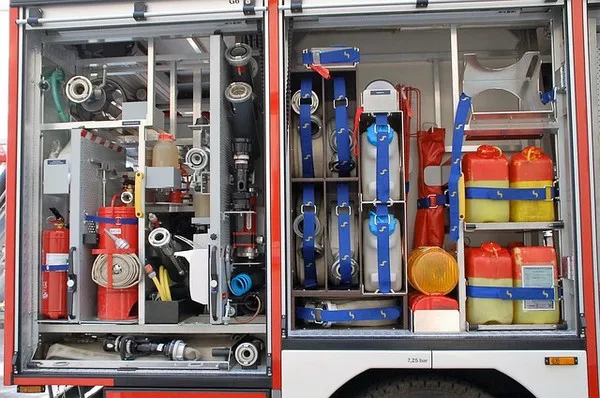Fire poses a significant risk to life and property, making fire safety measures crucial in every environment. Among the array of fire extinguishers available, foam extinguishers stand as one of the most effective tools for controlling fires. This article aims to provide a comprehensive understanding of foam extinguishers, including their composition, working principle, applications, advantages, and limitations, enabling readers to make informed decisions when selecting fire suppression equipment.
What is a Foam Extinguisher?
A foam extinguisher, also known as AFFF (Aqueous Film-Forming Foam) extinguisher, is a type of fire extinguisher designed to combat Class A and Class B fires. Class A fires involve common combustible materials such as wood, paper, and textiles, while Class B fires consist of flammable liquids like gasoline, oils, and solvents. Foam extinguishers are versatile as they can effectively suppress both types of fires.
Composition and Working Principle
The foam extinguisher’s effectiveness stems from its unique composition. The extinguishing agent is a mixture of water, a foaming agent, and stabilizing additives. When activated, the extinguisher releases the agent as a jet or spray, forming a thick layer of foam upon contact with the flames and combustible materials.
The foam has two primary modes of action to combat fires. First, it creates a blanket-like film on the burning surface, preventing the escape of flammable vapors and cutting off the oxygen supply essential for combustion. This creates a cooling effect, reducing the temperature of the fuel and ultimately suppressing the fire. Second, the foam also acts as a wetting agent, penetrating porous materials to extinguish deeply seated fires that might re-ignite later.
Applications of Foam Extinguishers
Foam extinguishers find application in various settings due to their versatility and effectiveness. Some common areas where foam extinguishers are deployed include:
1.Commercial Spaces: Foam extinguishers are well-suited for offices, retail stores, and other commercial areas, where Class A and Class B fire risks are prevalent due to the presence of combustible materials and flammable liquids.
2. Industrial Settings: Manufacturing facilities and warehouses often handle flammable liquids and materials, making foam extinguishers a vital part of their fire safety equipment.
3. Garages and Workshops: Auto repair shops and garages typically have a higher risk of Class B fires due to the presence of fuel, oils, and other flammable substances.
4. Aircraft Hangars: Foam extinguishers are commonly used in aviation settings due to their effectiveness in dealing with Class B fires involving aviation fuel.
Advantages of Foam Extinguishers
1. Versatility: Foam extinguishers are versatile and effective against both Class A and Class B fires, making them an ideal choice for many applications.
2. Rapid Fire Suppression: The foam rapidly smothers the flames, leading to quicker fire control, which is crucial in emergency situations.
3. Cooling Effect: The foam’s cooling action prevents re-ignition, reducing the likelihood of fires reigniting after extinguishment.
4. Environmentally Friendly: AFFF foam extinguishers are generally considered environmentally friendly, with formulations that are non-toxic and biodegradable.
5. Minimal Residue: Foam extinguishers leave minimal residue after use, simplifying the cleanup process compared to other extinguishing agents.
Limitations and Considerations
Despite their many advantages, foam extinguishers also have some limitations and considerations to be aware of:
Limited Class C Fire Suppression: Foam extinguishers are not suitable for fires involving electrical equipment (Class C fires) since the conductive nature of water in the foam poses an electrical hazard.
Weight and Portability: Foam extinguishers can be heavier and bulkier compared to some other types, which may affect their portability and ease of use, especially for smaller individuals.
Maintenance: Regular maintenance and inspections are crucial to ensure that the foam extinguisher remains fully functional and ready for use when needed.
Conclusion
Foam extinguishers are valuable fire suppression tools, effectively combatting both Class A and Class B fires across various settings. Their unique composition and working principle provide quick and efficient fire control, protecting lives and property from potential devastation. When considering fire safety measures, the versatility, rapid suppression capabilities, and environmentally friendly aspects of foam extinguishers make them an excellent choice for a comprehensive fire protection strategy. However, it is vital to consider their limitations and ensure proper maintenance to maximize their effectiveness. By understanding foam extinguishers and their applications, individuals and businesses can enhance their fire safety preparedness and mitigate the risks associated with potential fires.

